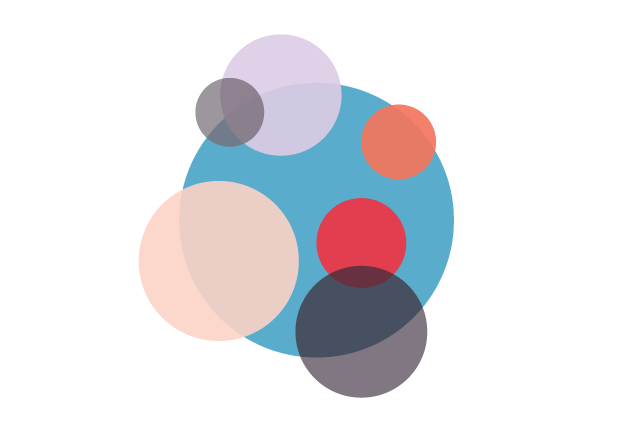
Hello, Judith here. Over the last few months, and especially following the recent American election, I have been reflecting on my work as an illustrator and as an advocate for illustrators and illustration. With deepening political polarisation, rising inequality, and oppressive governments elected in Europe and around the word I think it is pretty timely to ask: as illustrators what role can we, should we, or do we want to play in society?
As illustrators we work in one of the broadest and most engaging mediums of visual communication. We tell stories, create ads, sell products, embellish texts, protest and inform, teach children and cause adults to chuckle. Our illustrations are online, in apps, in the streets, at your office, on your T-shirt and in your magazine. Our voices are everywhere. But in my opinion, and in the immortal words of Spider-Man, with great power there must also come great responsibility!
I am interested in exploring what the current wave of divisive politics means in relation to our rights, opportunities and responsibilities as creators and communicators. How do illustrators help shape the way people see the world? What steps could we take to make our role and work more democratic, more inclusive, more transparent, more informed, more engaging? What do we want to say, how can we say it? And importantly, how does that relate to our livelihoods and to the broader illustration industry?
Of course, not everyone starts from the same place or position, has the same politics, nor has the same opportunities. Here below are some of my thoughts and questions, and I welcome your ideas/suggestions/criticisms!! There is a comments box below the article, and I will also add this to the Illustrators Illustrated Facebook page, so please add your voice to the discussion, I would love to hear what others think.
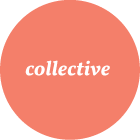


Illustrators are creative, smart communicators – we can communicate emotion in a single line. How can we champion, and yes, sell, the importance of creativity and illustration while being critical at the same time? How can we harness the energy of individual and collective creative brilliance for social good?

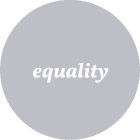
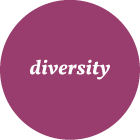
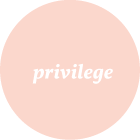




In asking these questions and taking some action, no matter how small, I think we can expand our ideas about illustration and our role as illustrators. There are so many on- and off-line spaces where we can add our voices, and in reaching out to others I think it will help us to continue developing as active, mindful and connected voices in the visual arts and wider society.
Text and Graphics by Judith Carnaby
10 November 2016, Berlin
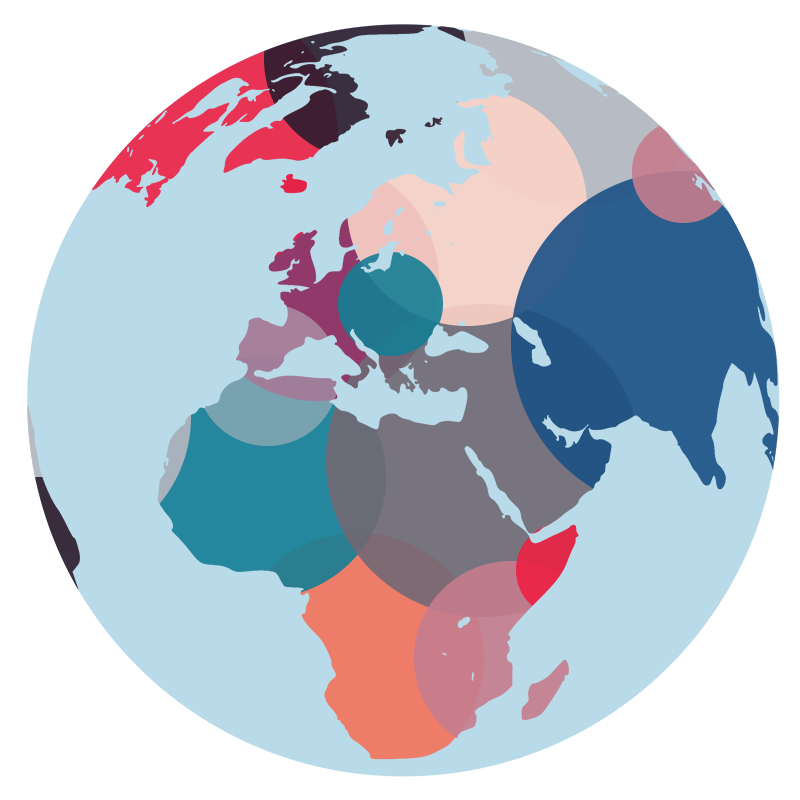

Thank you for this post Judith.
First of all, I discovered this website not a long time ago by reading an interview with you in FvF. I really admired the idea and I think it is very important what you’ve started.
I believe that it would be interesting research to analyze the percentage of the groups represented in works by different illustrators. I feel that minorities should be heard more, and perhaps even need to be represented twice as much as those who fit within the norms of society. Maybe we say minorities because their problems are not enough visible for us? Maybe we wouldn’t even say minority if seeing something different was just a normal, daily thing? I guess you can make it your mission to not only create nice looking drawings, but also ones informing people of the problems that surround us, in order to make people more sensitive. Education, knowledge, science… Placing knowledge in entertainment. Building a bridge between both.
Ikea seems to become more inclusive, in their catalogs you can find people of all races, LGBTQ people. Lately they unveiled an apartment to show the people what Syrian refugees might be living in….
We definitely live in the age where visual culture have overtaken the written one. The Internet is filled with videos (even if the text appears, it is usually very bold) memes, adds, fancy websites, seducing graphics. There is no question if people from the creative sector bear the responsibility for shaping others. As you said and what Olafur Eliasson posted on his fb yesterday- artists should encourage receivers of their works to find more understanding, empathy and compassion for others.
One of the most inspiring people I went to the meeting with was Marjane Satrapi, who once said that cartoonists are bisexual- they can’t decide image or text so they use both. During a conversation, She was asked: Why do you make comic books, why did you choose that medium? She answered: Because comic books are part of popular culture and most people can have access to that, not like expensive art that is shown in a gallery. Comic books are more inclusive than paintings. The other inspiring person I discovered lately is Dave Hakkens. His animations are not only visually interesting but also filled with knowledge and statistics. That scares people I guess. He definitely builds an awareness for problems of this world. I especially like the videos ‘precious plastic’. He explains it in a very simple way adding child-like drawings.
I have a background in Architecture and Media Art but I’m slowly shifting my activities to illustration and book design. I’ve started working on a social, participatory project that I hope I will be able to share within the next six months.
So, perhaps illustrators are educators of tomorrow?
Judith!
So glad to read this article in the midst of everything that has been going on.
There’s a big need for debate and healthy conversations over so many of this topics.
I think as illustrators (visual communicators) we can help decode some of this difficult matters and make them reach a wider audience in an informed and clear way. We can have an educational role like Kuba said and try to make a difference in representing different perspectives in the artworks we produce.
There’s a lot to say about all of this points but I want to say thank you for sharing your perspective and starting the conversation!